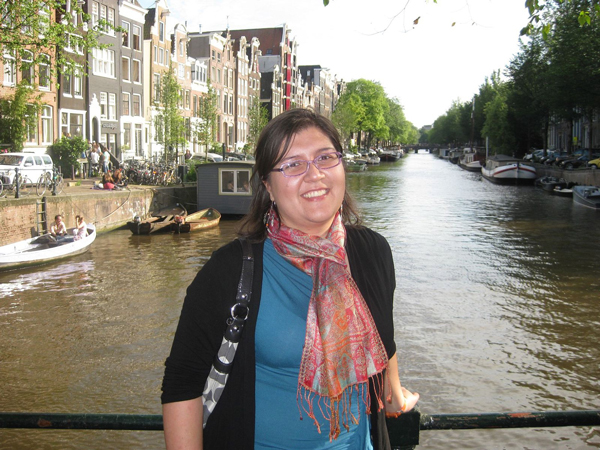| Alia Schoen |
|---|
 |
|
email: aliapm AT
stanford DOT
edu
Dept:
Materials Science
& Engineering
B.A.
Integrated Science Program,
Biology, Northwestern University M.S.
Cellular
& Molecular Biology,
Stanford University |
Biotemplating, the formation of inorganic materials using naturally evolved or nature-inspired biomaterials as templates for directed growth and assembly, is an attractive method for processing materials due to the wide array of structures and intricate, hierarchical organization that occur naturally. Proteins in particular offer access to a wide array of architectures and a rich variety of interactions and functions making them an ideal platform to use as a flexible mix-and-match biotemplating system. We are developing Templated Engineering Through Epitope Recognitions (TEThER), an approach that takes advantage of protein recognition and function at the molecular level, to create inorganic nanoparticles from protein-based templates. Bi-functional TEThER peptides serve as molecular bridges between binding sites on the protein template and inorganic materials.
 Clathrin,
an
intracellular transport
protein involved in endocytosis, provides a framework that
offers access to a variety of architectures in 2D and
3D such
as sheets, cages, cubes, and tetrahedra. By generating a
family of
TEThER peptides to interface in different ways with clathrin,
we
aim to develop a flexible, modular system that will allow
rapid
synthesis of multiple inorganic nanoparticle structures for use in a
variety of applications. In addition, systematic study of the
conditions required for the assembly of the wide variety of clathrin
structures will give insight into the fundamentals of protein
self-assembly.
Clathrin,
an
intracellular transport
protein involved in endocytosis, provides a framework that
offers access to a variety of architectures in 2D and
3D such
as sheets, cages, cubes, and tetrahedra. By generating a
family of
TEThER peptides to interface in different ways with clathrin,
we
aim to develop a flexible, modular system that will allow
rapid
synthesis of multiple inorganic nanoparticle structures for use in a
variety of applications. In addition, systematic study of the
conditions required for the assembly of the wide variety of clathrin
structures will give insight into the fundamentals of protein
self-assembly.